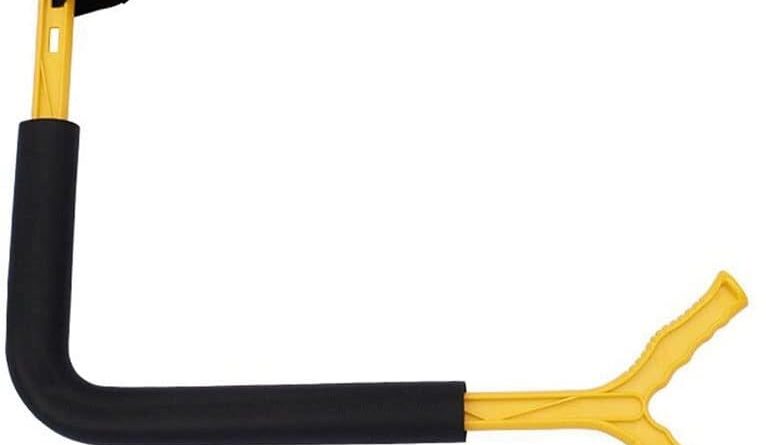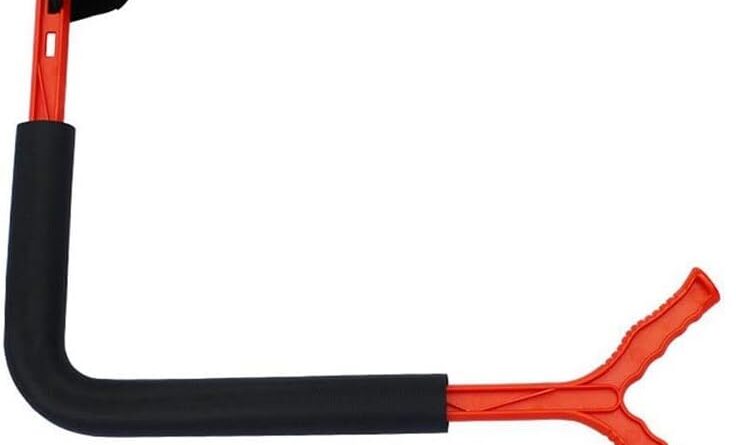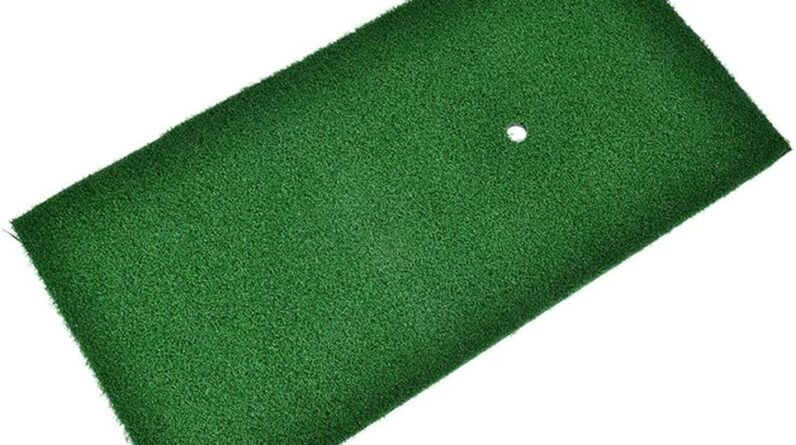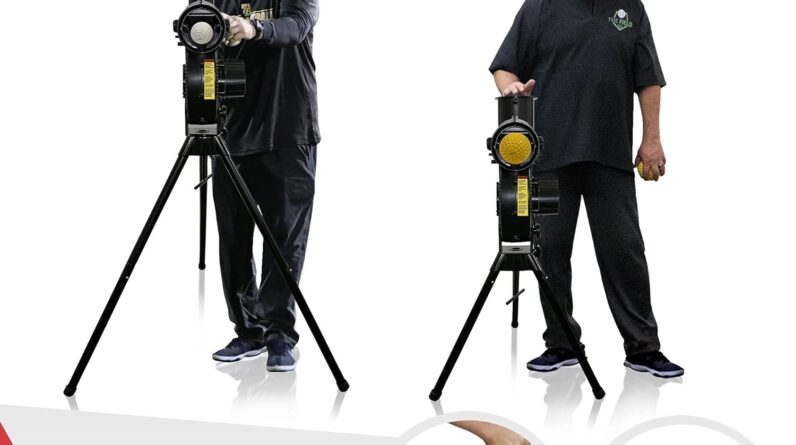If you’re an avid golfer, you’re probably no stranger to the frustration of hitting a great shot, only to find yourself unsure of how far exactly the ball traveled. Determining the distances each club in your bag can achieve is not only essential for improving your game but also for making smart decisions on the course. In this article, we’ll guide you through some effective techniques to accurately measure your golf club distances, equipping you with the knowledge to enhance your swing and master your shots. So, let’s dive in and unlock the secrets to better distance measurement in golf!
Understanding Club Distances
Importance of measuring golf club distances
When it comes to golf, understanding your club distances is crucial for consistent and accurate shots. Knowing how far you hit each club allows you to make strategic decisions on the course, such as selecting the right club for the distance required. This knowledge can greatly improve your overall performance and help you lower your scores. By measuring your club distances, you can tailor your game to your strengths and weaknesses, giving you a competitive edge on the golf course.
Factors affecting club distances
Several factors can influence your club distances. Firstly, your swing speed plays a significant role in how far you can hit the ball. The faster your swing speed, the greater the potential for longer distances. Additionally, the type of golf ball you use can impact your club distances. Different balls have varying levels of compression and construction, which can affect their flight and distance. Other factors such as temperature, wind conditions, and altitude can also come into play. It’s essential to consider these variables when measuring your club distances to get accurate and reliable results.
Different types of golf clubs and their distances
Golf clubs can be categorized into four main types: woods, irons, wedges, and putters. Each type has its own purpose and distance range. Let’s take a closer look at these clubs and their average distances:
-
Woods: These clubs are designed for long-distance shots and are often used off the tee. The driver, also known as the 1-wood, is the most common type of wood and can hit the ball the farthest, averaging between 200 to 300 yards for most golfers. Fairway woods, such as the 3-wood and 5-wood, are used for shots from the fairway or rough and typically cover distances of around 180 to 270 yards.
-
Irons: Irons are versatile clubs used for various shots, including approach shots to the green. The distance you can achieve with irons depends on the loft of the club, with lower-numbered irons having less loft and thus more distance. The 3-iron can cover approximately 170 to 220 yards, the 6-iron around 140 to 190 yards, and the 9-iron typically ranging from 95 to 145 yards.
-
Wedges: Wedges are designed for shorter shots, typically within 100 yards of the green. There are various types of wedges, including pitching wedges, sand wedges, and lob wedges. The average distances for these clubs can range from 80 to 120 yards for pitching wedges, 70 to 100 yards for sand wedges, and 50 to 80 yards for lob wedges.
-
Putters: Putters are used on the green to roll the ball into the hole. Unlike other clubs, the distance covered by putters is minimal and varies based on the length of the putt and the speed of the green. The goal with putters is accuracy and control rather than distance.
Understanding the average distances you can achieve with each club will help you select the appropriate club for each shot, leading to better decision-making on the course and ultimately improving your overall game.

Methods for Measuring Club Distances
Using a Launch Monitor
Explanation of launch monitor technology
A launch monitor is a device that uses advanced technologies to measure various aspects of a golf swing and the resulting ball flight. It provides comprehensive data on clubhead speed, ball speed, launch angle, spin rate, and carry distance, among other vital parameters. These devices come in different forms, from handheld devices to high-tech computer systems.
How launch monitors measure club distances
Launch monitors utilize a combination of radar, cameras, and tracking systems to measure club distances accurately. The radar technology tracks the clubhead speed at impact, while the cameras capture the precise moment when the ball leaves the clubface. By analyzing the data collected, launch monitors can calculate the distances achieved with each club.
Benefits and limitations of using a launch monitor
Using a launch monitor offers numerous benefits. It provides precise and detailed information about your club distances, allowing you to make data-driven decisions on the course. Launch monitors can also provide insights into your swing mechanics, helping you identify areas for improvement. However, it’s worth noting that some launch monitors can be expensive and require professional setup and calibration. Additionally, launching monitors are mainly used on driving ranges or indoor golf simulators, making it challenging to measure distances on the actual golf course.
Using a Golf GPS Device
Overview of golf GPS technology
Golf GPS devices use Global Positioning System (GPS) technology to provide accurate distance measurements on the golf course. These devices come in various forms, including handheld devices, golf watches, and smartphone apps. They rely on pre-loaded course maps to display distances to various targets, such as the front, center, and back of the green, as well as hazards and bunkers.
How golf GPS devices calculate distances
Golf GPS devices calculate distances by utilizing satellite data to pinpoint the golfer’s location on the course. By referencing the pre-loaded course maps, the device can accurately measure the distance from the player’s current position to specific targets or landmarks. This information is displayed on the device’s screen, providing golfers with valuable insights for club selection.
Pros and cons of golf GPS devices
One of the main advantages of using a golf GPS device is its convenience. These devices are user-friendly and portable, allowing golfers to access distance information directly on their wrists or handheld devices. GPS devices can provide real-time data and visual representations of the course, helping golfers make informed decisions on shot selection. However, the accuracy of GPS measurements can vary depending on factors such as satellite reception and course mapping. It’s essential to ensure that the device is regularly updated to maintain accuracy.
Using a Range Finder
Introduction to range finders
Range finders are optical devices designed to measure distances accurately. These devices use laser technology to calculate the distance between the golfer and a specific target, such as a flagstick or hazard. Range finders typically have a monocular or binocular design and offer various features to enhance the user experience.
How range finders determine distances
Range finders utilize laser technology to emit a laser beam towards a target. The beam reflects off the target and returns to the device, providing precise measurements of the distance traveled. By aiming the range finder at specific targets on the golf course, golfers can determine the distances to those targets. Some range finders also offer additional features, such as slope compensation, which adjusts distances based on the elevation changes on the course.
Advantages and disadvantages of range finders
A significant advantage of using a range finder is its accuracy. These devices can provide highly precise measurements, allowing golfers to target specific distances with confidence. Range finders are also portable and easy to use, making them a popular choice among golfers. However, it’s important to note that range finders require a direct line of sight to the target, which can be challenging if there are obstacles or if the golfer is in an awkward position. Additionally, some range finders may not be tournament legal if they offer certain advanced features, so it’s important to check the rules before using one in a competitive setting.
Measuring with On-Course Markers
Understanding on-course yardage markers
On-course yardage markers are physical landmarks strategically placed on the golf course to provide golfers with distance references. These markers can take various forms, including stakes, posts, or plaques, and are typically located in the fairway or alongside the teeing areas. They indicate the distance remaining to the green and other key targets.
Using specific markers for accurate club distance measurement
To measure club distances using on-course markers, it’s important to understand their positioning and the information they provide. The most common yardage markers are 100, 150, and 200-yard markers, which indicate the distance from that point to the center of the green. By referencing these markers and tracking the difference in distance between them and their next shot, golfers can estimate their club distances more effectively.
Considerations and limitations of on-course markers
While on-course markers can be a helpful tool for measuring club distances, there are some limitations to consider. Yardage markers are typically only positioned at specific intervals, which means you may need to estimate distances between markers. Additionally, their accuracy can be affected by factors such as weather conditions and the position of the ball relative to the marker. It’s important to use on-course markers in conjunction with other methods of measurement to ensure the most accurate results.
Using a Smartphone App
Overview of golf distance measurement apps
Smartphone apps dedicated to golf distance measurement have become increasingly popular in recent years. These apps utilize the GPS capabilities of smartphones to provide golfers with accurate distance information on the course. They often offer additional features such as course maps, score tracking, and shot analysis.
Features provided by golf apps for club distance measurement
Golf distance measurement apps offer a range of features to assist golfers in measuring their club distances. These apps use GPS technology to provide real-time distance measurements to various targets on the course, including greens, hazards, and layup areas. Some apps also allow golfers to track their shots, record statistics, and analyze their performance over time.
Pros and cons of using a smartphone app
Using a golf distance measurement app on your smartphone offers several advantages. These apps are convenient and readily accessible, as most golfers carry their phones with them on the course. Golf apps are often user-friendly and offer a wealth of features beyond distance measurement. However, the accuracy of smartphone GPS can vary depending on signal strength and the quality of the app. Some apps may also drain the battery quickly, so it’s important to consider the battery life of your phone or have a backup power source available.
Utilizing a Golf Swing Analyzer
Explanation of golf swing analyzers
Golf swing analyzers are devices or apps that use sensors and advanced technology to analyze various aspects of a golfer’s swing. These devices provide insights into parameters such as swing speed, tempo, clubface angle, and swing path. Swing analyzers can be attached to the club, embedded in a glove, or used with a separate device.
How swing analyzers estimate club distances
Swing analyzers estimate club distances by analyzing the combination of swing speed, clubhead data, and ball flight characteristics. With precise measurements of swing speed and the club’s attack angle, these devices can provide an estimation of the distances achieved. Some swing analyzers also offer shot tracking capabilities to provide accurate and consistent club distance measurements.
Benefits and drawbacks of using a swing analyzer
Using a swing analyzer can offer valuable insights into your swing mechanics and help optimize your club distances. By understanding the key factors affecting your distance, you can make adjustments to achieve the desired outcome. Swing analyzers can also provide real-time feedback, allowing you to analyze your swings during practice sessions. However, swing analyzers may require additional accessories or devices and can be less convenient compared to other measurement methods. It’s essential to choose a swing analyzer that suits your needs and integrates seamlessly into your practice routine.

Tips for Accurate Club Distance Measurement
Ensuring proper club fitting
To obtain accurate club distance measurements, it’s crucial to ensure that your clubs are properly fitted to your swing characteristics. Ill-fitting clubs can lead to inconsistent distances and unreliable data. Consider getting a professional club fitting session to determine the optimal club specifications that match your swing speed, tempo, and body measurements. With the right clubs in your hands, you’ll have a solid foundation for accurate distance tracking.
Considering weather conditions
Weather conditions can significantly affect how far the ball travels. Factors such as wind speed, temperature, and humidity can all impact the distance achieved with each club. When measuring club distances, it’s important to consider the current weather conditions and their potential influence on your shots. If playing in windy conditions, for example, you may need to adjust your club selection and swing strategy accordingly.
Recording and analyzing consistent swing data
Consistency is key when it comes to accurate club distance measurement. By recording and analyzing consistent swing data, you can establish reliable benchmarks for each club in your bag. Consider using a golf diary or electronic tracking system to log details such as swing speed, ball speed, launch angle, and carry distance for each shot. Analyzing this data over time will allow you to identify patterns, make informed adjustments, and track your progress.
Practicing regularly for accurate shot control
Practicing regularly is essential for achieving accurate shot control and consistent club distances. As you hone your swing mechanics and develop muscle memory, you’ll be better equipped to achieve predictable results with each club. Practice sessions should focus on maintaining a smooth and balanced swing, ensuring a solid impact with the ball, and developing a confident and repeatable tempo. By putting in the time and effort on the practice range, you’ll improve your distance control and overall performance on the course.
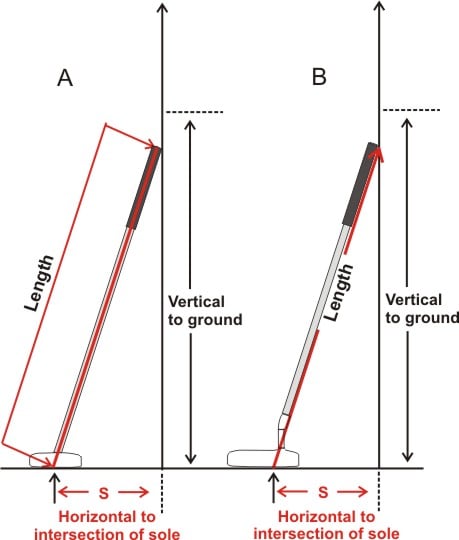
Final Thoughts
Accurately measuring your golf club distances is vital for maximizing your scoring potential and enhancing your overall game. By understanding the various methods available, such as using launch monitors, golf GPS devices, range finders, on-course markers, smartphone apps, and swing analyzers, you can find the approach that best suits your needs and preferences. Remember to consider factors such as weather conditions, club fitting, swing consistency, and regular practice to achieve reliable and precise club distance measurements. By doing so, you’ll gain valuable insights that can help you strategize your shots and ultimately improve your performance on the golf course. So, embrace the process of measuring your club distances and unlock your true golfing potential.



